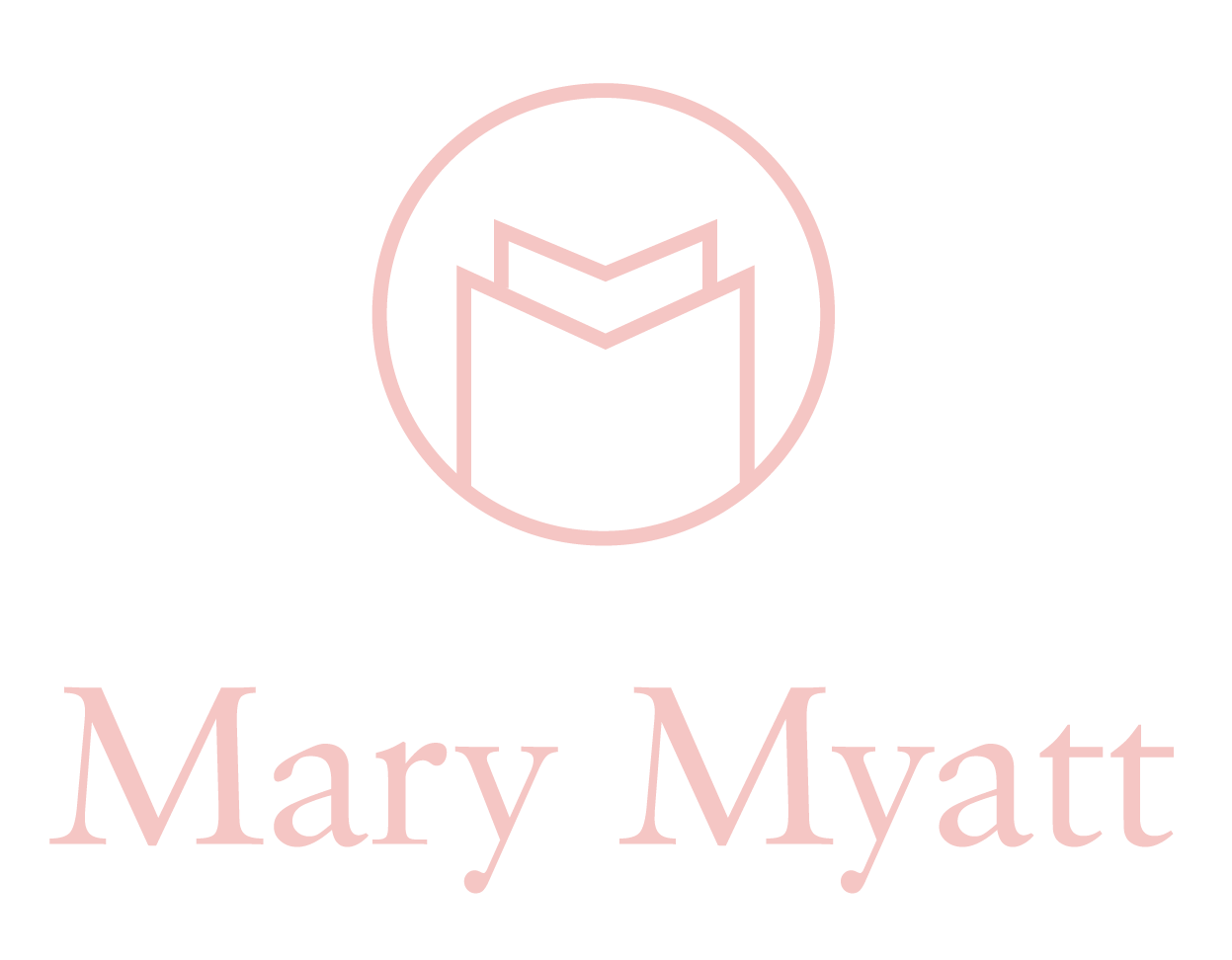Being in the black
‘Success has always been easy to measure. It is the distance between one’s origins and one’s final achievement.’
- Michael Korda
It is possible that we have forgotten just how far we have come. This has happened at an institutional level and at an individual setting level. Because the world and our work could always be better, we sometimes forget that it already is.
The imperatives of continual improvement have blinded us to the fact that collectively and individually we have achieved so much. This is an argument for clocking, auditing and monitoring some of the things which we have achieved. This is not about being complacent or self-congratulatory. It is about having a clear-eyed view of where we are and the distance we have travelled. A kind of stock taking.
Schools might pause every now and then and produce a collective picture of how things are different from a year ago, from six months ago, a week ago. This helps to clarify just how far they have come. Because in living the work, day by day, we do not always appreciate how the small gains build up into large gains. These might be: more children coming to school (a rise in attendance), a greater participation in extra curricular activities (sport, debating, community service), more children doing well in public examinations, strong staff and positive pupil surveys; renewed commitment and energy; revised work practices such as streamlined meetings.
It makes a difference if these are visual. Some settings do this on a timeline. Here we were a year ago, and here we are now. What does it look like in comparison? What have we learnt along the way that is good? ‘Look how far we have come…’ while this is a simple way of monitoring it, it is very powerful because it helps us to understand the agency of the small things, done every day. Too often, the accumulation of the small, growing in to the large, is unnoticed, unacknowledged. And this is a pity, because we can become downhearted by the enormity of what we still have to do. But in slowing down and thinking about how far we have come, we reinvigorate our purpose, our resolve and our energy into taking the next steps forward.
What we are doing when we do this, is we are looking at the bank balance of our work, or an organisation’s work. The deposits, in black, are our achievements, our successes. And if we think of them as a bank balance, then they provide the ballast, the security against which to make more investment, in building and creating new things for the future. This is an essential part of being hopeful, not helpless. That the resilience, courage and hope for going forward with our heads held high and with energy restored, is taking full account of and acknowledging the good and great work which has already taken place. The same applies to different aspects of school life. It could be used as a review tool, a self-evaluation tool, an audit. At the moment, these are mostly on a deficit model. This is what we still have to do. But how about listing, clocking and celebrating just how far we have come?
What might be the downside to this? Is it possible to become big headed or complacent? Unlikely. It is possible that the opposite is true - that there is so much to do, how are we ever going to get through it? And, those colleagues and settings which are complacent, smug or big headed, usually get rumbled anyway. Through monitoring and celebrating just how an organisation or setting has improved, we are reinforcing our resilience and capacity to continue to do more of the same and to do even better. It is a mindset that says, if we can do this, then we can also do that.
The bank balance of being in the black is just a way of looking at our achievements, both at an organisational and an individual level. We could also do the opposite and see what the red, the deficit model, looks like. And this is a healthy thing to do, in order to keep the perspective in balance. However, the main purpose in this context is to secure our resilience, to give ourselves a quiet, or not so quiet, pat on the back. What we notice, we do more of. What we have done in the past, the things that went well, can become the springboard for the next aspect of improvement. It is a security blanket which is there not to make us complacent, but to propel us into spaces and places which are even better.
What sorts of tools are helpful in this exercise? Well, the main thing is that they are not cumbersome or complex. A storyboard might be one way of doing this; this is where we were a few years ago, last year, last month. This is where we are now. The Blob Trees are also a good way of capturing the elements of what it was like at a certain point and what things are like now. They are concrete ways of making concepts and ideas become real. And they give us a real purchase on just how much we have done and how far we have come.
